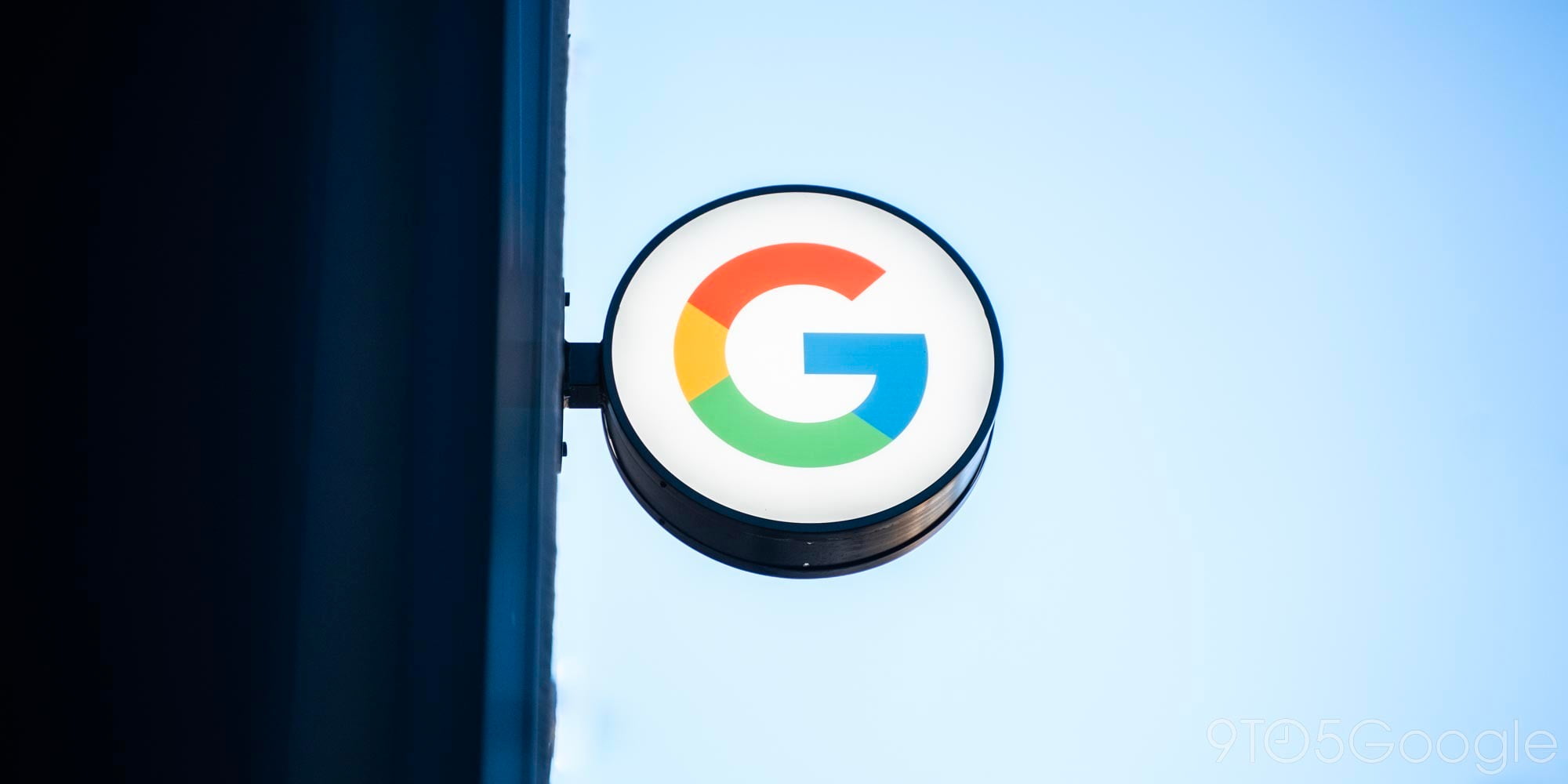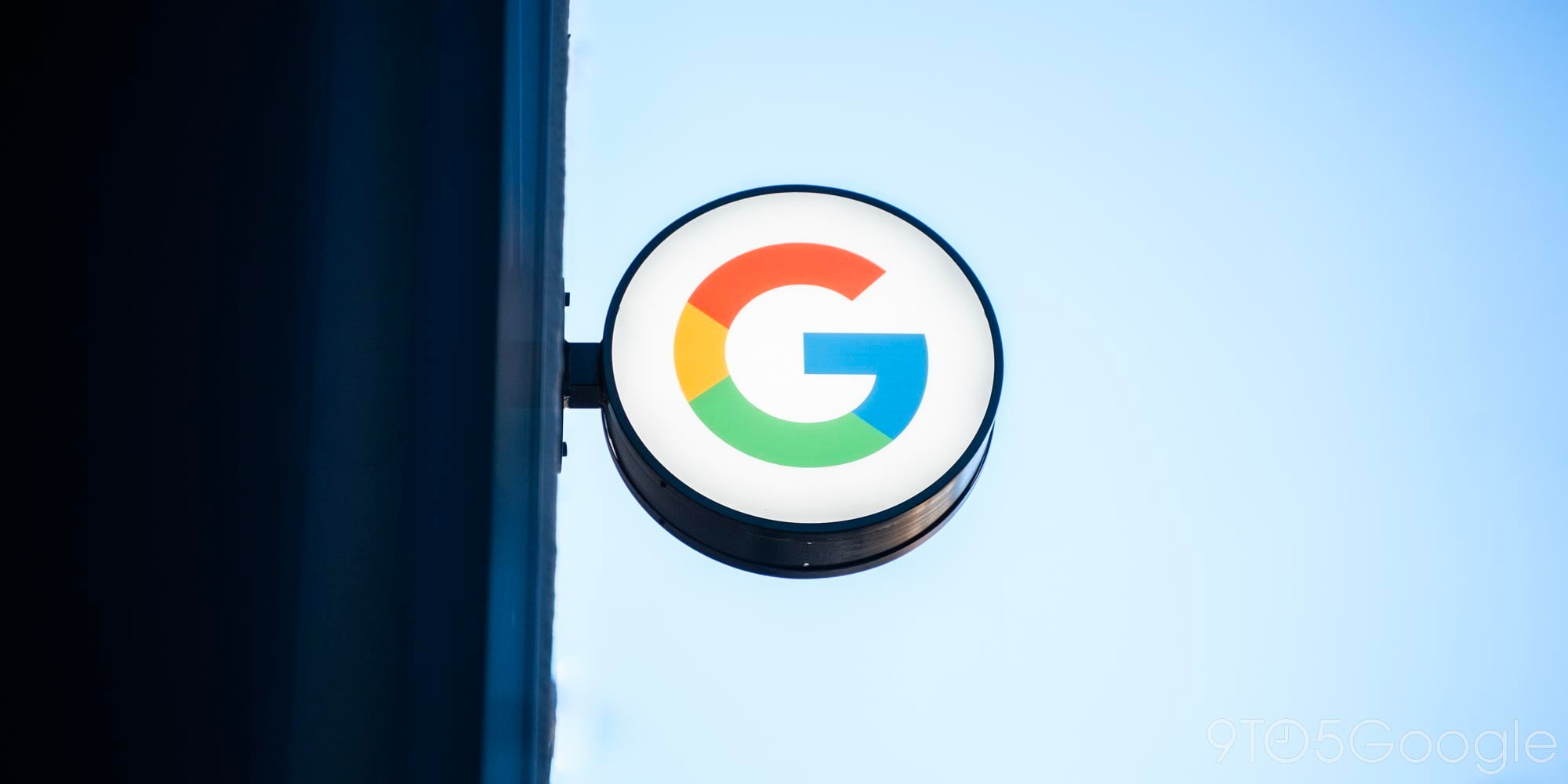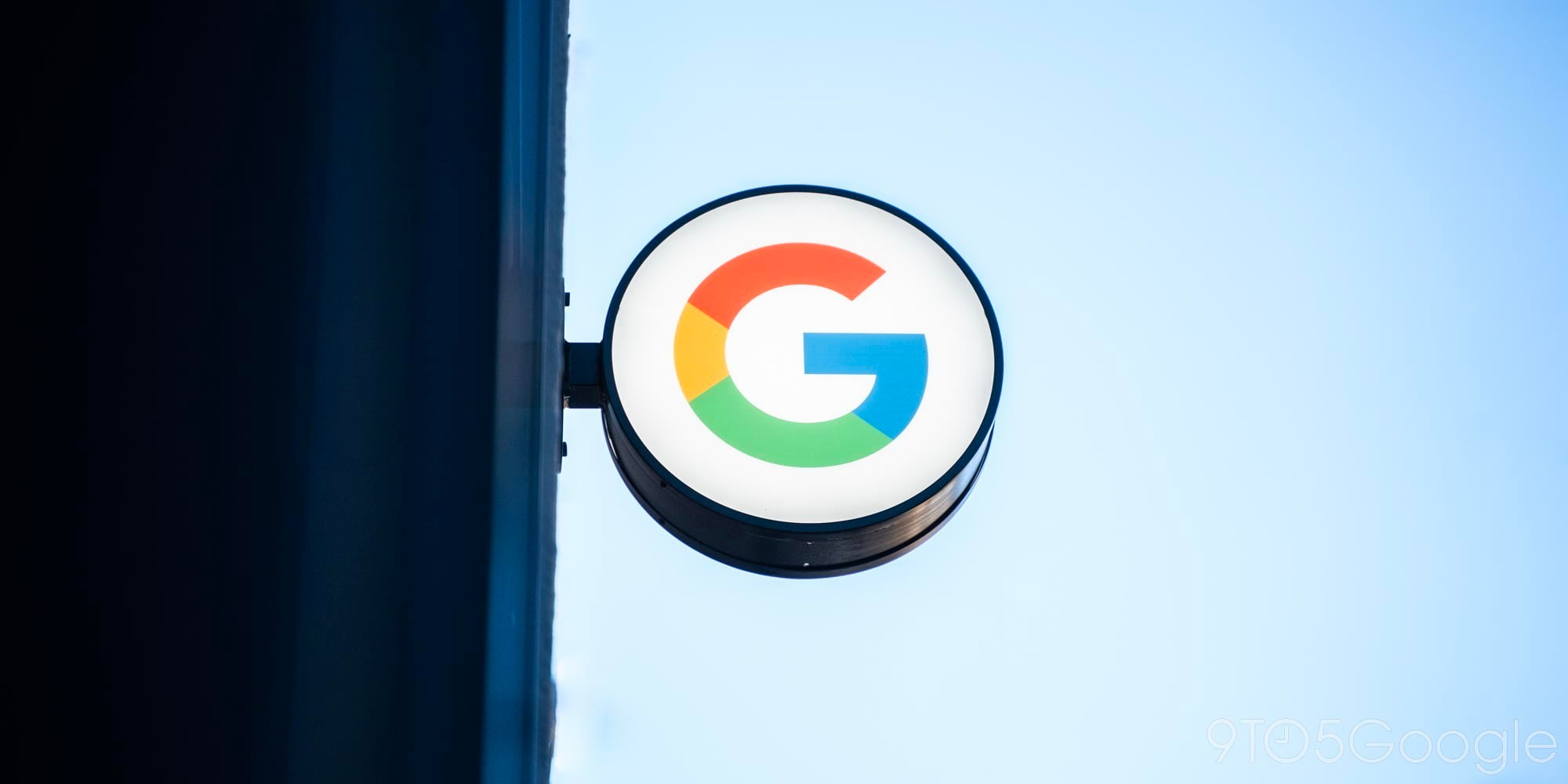Loon


One of X’s more well-known projects used balloons to deliver internet service to areas that lack existing network infrastructure. Alphabet announced today that it was shutting down Loon given difficulties commercializing the effort.
Expand Expanding Close
A little over seven years ago, Google revealed that it was working to provide internet via balloons floating in the stratosphere. Loon, now an independent Alphabet company, today announced its first commercial operation in partnership with an internet service provider in Kenya.

Alphabet’s Loon company has been working for the past few years on developing balloons to the stratosphere that can deliver internet connectivity to certain areas of the globe. Today, Loon has announced a partnership with AT&T that could speed up the process of deploying the balloons in disaster areas.

Loon is Alphabet’s moonshot for providing worldwide internet access via high-flying balloons. The independent company today announced that its vehicles have flown over 1 million hours in the Earth’s stratosphere.

Project Loon is now set for its first commercial trial of a permanent ballooned-powered internet service — once approval is provided.

Loon is focussed on providing connectivity around the world via atmospheric balloons. Useful during natural disasters, the Alphabet company again demonstrated the versatility of its approach by quickly providing LTE connectivity after a magnitude 8.0 earthquake in Peru.

Loon graduated from the X Moonshot Factory last year to become a full-fledged Alphabet company. SoftBank-owned HAPSMobile today announced a $125 million Loon investment as part of a long-term strategic relationship into high altitude networks.

Loon has developed a number of technologies from ground launchers to wind navigation since its inception as a moonshot in X. The independent Alphabet company is now applying the tech responsible for ensuring connectivity between the moving parts of a balloon network to low Earth orbit satellites.

Two of X’s aerial projects are graduating from the Moonshot Factory today to become independent Alphabet companies like Waymo and Verily. Dropping the “project” status, Loon will continue to deliver internet via balloons, while Wing is focusing on a variety of drone-related efforts.

Alphabet’s innovations lab, X, is testing a new approach to bringing Internet connectivity to people in developing countries. In addition to floating Wi-Fi hotspots in balloons, it is now using laser beam links which it has described as ‘just like fibre optic cable, but without the cable’ …

Project Loon’s deployment of emergency cellular service to Puerto Rico in under a month is quite an impressive technological feat. By the end of October, AT&T and T-Mobile customers could connect to LTE from these miles-high balloons. Alphabet’s X division noted today that over 100,000 people have now benefited from this service.

Update 10/27: T-Mobile customers in Puerto Rico can now connect to Project Loon for emergency internet service. X also revealed that over the past week the balloons have provided connectivity to “tens of thousands.”
Earlier this month, Project Loon was granted authorization to provide emergency service to Puerto Rico using their balloons. Today, the Alphabet division announced that in partnership with AT&T it began providing LTE service to the hurricane-stricken island.

Last week, the Project Loon team revealed that it was exploring the possibility of deploying balloons to provide “emergency connectivity” to Puerto Rico in the wake of Hurricane Maria. Earlier today, Alphabet’s X division was granted permission by the FCC to provide emergency LTE coverage to the island.

Most of a key Project Loon patent has been cancelled by the US Patent and Trademark Office after another company succeeded in convincing the agency that it came up with the idea first.
Project Loon uses free-floating balloons to provide Internet access to remote areas, beaming down Wi-Fi from overhead. The patent which has been cancelled relates to how Alphabet steers the balloons …


Astro Teller, the head of Alphabet’s X unit, is today holding a press conference to discuss the ongoing progress of the Mountain View company’s Project Loon initiative. Among other things, Teller said that Loon is ditching the idea of having a “constant stream” of balloons floating around the globe…


Google-related news may be all about Pixel, Nexus and Andromeda right now, but such a narrowed down field of topics would neglect the actual number of things the company — or, rather, the parent Alphabet — is actively working on; a big number. And one of its craziest, most interesting projects is Project Loon, which made extraordinary progress over the past few months…


Google is finally about to get the go ahead from the Indian government to run a pilot of Project Loon in India according to a report from the Economic Times. According to the sites source, an anonymous “top government official”, the nation is keen to test as many alternative methods of providing internet connectivity as possible. One of which is Google’s high-altitude balloons.


Google is pushing forward with its Project Loon plans to bring Internet access to remote parts of India as The Economic Times today reported the company is currently in talks with local telecommunications providers.
The publication spoke with Google India chief Rajan Ananda who confirmed the talks with local providers for Loon without naming specific companies, but the report noted telco BSNL among other unnamed companies are actively included in the discussions.


Google is working on something outlandish in the middle of New Mexico, according to recently filed FCC documents. The documents, first discovered by HackADay, show that Google is currently testing a 100KW radio transmitter at Spaceport America in New Mexico.


Project Loon is undoubtedly one of Google’s most inventive and ambitious projects to date. Formerly part of the Google X group, now under the ‘X’ Alphabet sub-division, these airborne signal boosters will provide high speed LTE coverage to rural areas in a number of developing markets. Sri Lanka and Indonesia are set to be among the first regions to get these stratospheric floating towers. In a G+ post, the team showed off how they get the balloons off the ground…


Google’s parent company Alphabet told a TED conference in Vancouver that its Project Loon Internet-delivery balloons had successfully delivered speeds of 15Mbps – fast enough for streaming video. It is preparing for carrier tests in Indonesia and elsewhere this year.
Alphabet X head Astro Teller said that the company tried a lot of unsuccessful balloon designs before finally finding one that was up to the job, reports Re/code.
There were shiny balloons and round balloons and balloons that looked like giant pillows. But eventually the company found a design that could be made cheaply and still navigate precisely. That balloon, Teller said, last year travelled around the world 19 times over 187 days last year.
Teller also shared a key part of the company’s approach to Alphabet X projects, along with details of two which the company has abandoned …


According to a report from The Guardian, Google is currently in the process of testing solar-powered drones at Spaceport America in New Mexico. The company is reportedly testing the possibility of using these solar-powered drones to deliver high-speed internet from the air. Google, of course, also has its Project Loon effort, which uses high-alitude balloons to beam down internet service to the areas below. It’s unclear, at this point, if the two efforts are related or will be used in different scenarios.


It’s two-and-a-half years since Google first shared details of Project Loon, a series of high-altitude balloons designed to provide wireless Internet access to developing countries where infrastructure is scarce. As testing expands, and we’ve learned more about the project’s progress, the FCC has started to receive objections from those concerned that the long-range microwave transmissions might pose health risks or interfere with other wireless operations.
Google has this week written to the FCC to argue that the balloons are both safe and legal …

If you don’t follow Google as closely as we do here at 9to5Google (chances are you probably don’t), Nat & Lo’s videos are a great way to get yourself acquainted with the happenings in and around the Mountain View company. This couple of Googlers use their 20% time to make videos about the inner workings of Google itself, and the end product is an easy-to-understand look at some of Google’s most obscure (and not-so-obscure) projects.
This week, Nat & Lo are taking us on a tour of Project Loon, one of Google’s efforts to bring internet to the entire world…
Expand
Expanding
Close